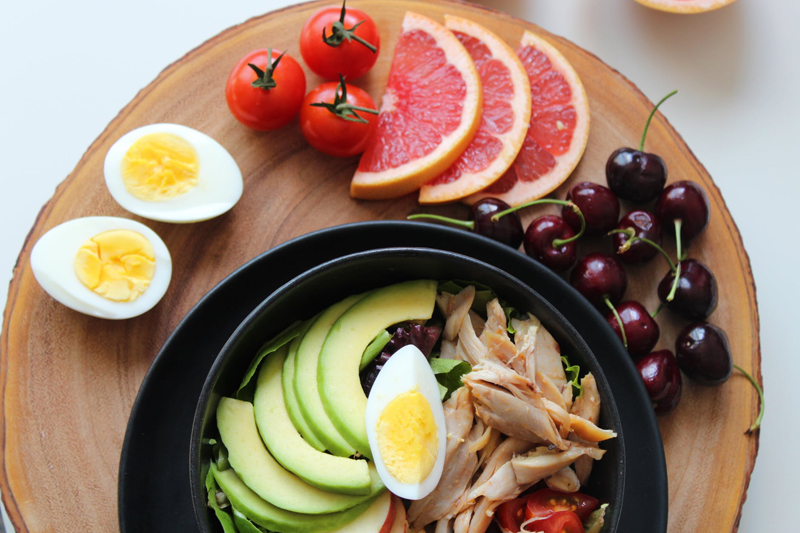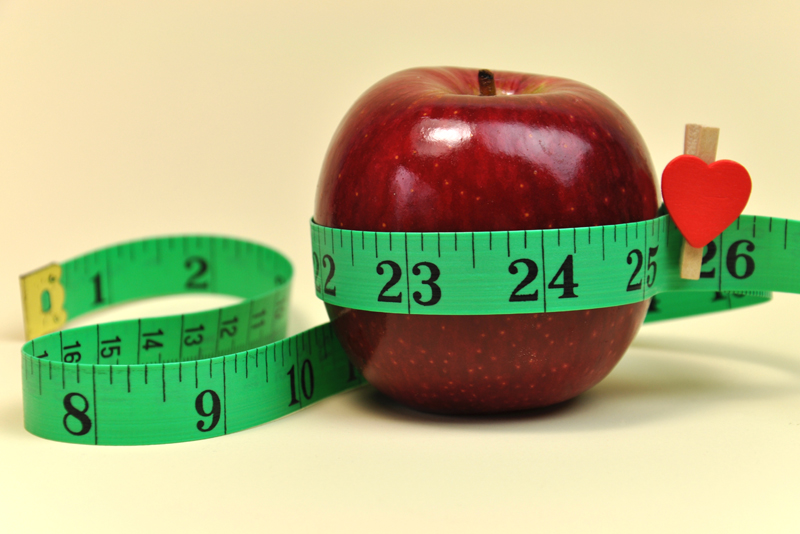Human Body Four Energy Sources

The human body can only metabolize four types of energy sources. These four categories are carbohydrates (sugars and starches), fats (includes oils), proteins (animal and vegetable), and alcohol. These are the only four categories of substance a body can make energy out of.
Alcohol
Let me cover alcohol first to get it out of the way. Nobody would ever suggest that a person live on alcohol as a healthy food! The point here is simply that your body DOES process alcohol and turn it into energy. If you drank a ton of alcohol every day, and sat on the couch so you did not burn off those calories, they would be stored in your body as fat for future use and you would gain weight. Alcohol is definitely one of the four types of ingestible items that your body can process and use for fuel.
Protein
Protein is the second category of food that a human body can get energy from. Most people know protein as animal meat - a hamburger, a chicken leg. These are all proteins. You can also extract protein from certain plants. Soy protein isolate is a well known protein that comes from soybeans. There are many different sub-types of proteins.
Fats
Fat can refer to the actual fatty tissue on an animal, just like humans have fat in their bellies. However, fat also comes in both animal and vegetable form. Olive oil - a very healthy substance - falls into the fat category. There are healthy fats and unhealthy fats. Trans fatty acids for example are known to be extremely unhealthy. These chemically created fats are found in cookies, crackers and other processed foods to help them stay on the shelves for years.
Carbohydrates
Carbohydrates are the category of food that includes sugars and starches. This includes white cane sugar, fruit sugar (fructose) and many other natural sugars. Starches are the substances found in potatoes, rice, wheat and so on. Just like proteins and fats come in varieties that are good and bad, so do carbohydrates. For example, fiber is technically a carbohydrate but your body cannot digest it. It simply goes in one end and out the other, cleaning your digestive tract along the way. So while fiber is a "carb", every diet I know of recommends you eat a lot of fiber and enjoy it.
Sometimes people get confused about these four categories. They ask "are there carbs in alcohol?" or "are there carbs in protein?" There cannot be. They are two entirely different categories. That is like asking if there are peas in corn. You can have a dish with peas AND corn on it, but they are still two different items.
That being said, you can find items in nature that contain both items in a larger "package". You can have a thick slab of steak on your plate which has 12oz of protein lined with 2oz of fat along one side. If you chose to eat that fat strip, then you would be ingesting some fat and ingesting protein.
Interestingly, shellfish, which some people lump into the "fish" category, are specialized creatures and do have some carbs in their body construction. Oysters and mussels are two creatures to especially watch out for. This is extremely unusual - usually an animal source of food has primarily protein with a tiny bit of fat.
Edamame, a yummy soybean that you often find at sushi restaurants, is a "seed" that has a number of components in it. It has 3g of fat in it. It has 8g of protein in it. It has 9g of carbs - with 4g of those being fiber. That means only 5g of the carbs "count" as something the body can burn for energy. This idea of countable carbs is called "net carbs".
In general, though, most items fall into one main category. A hamburger is just protein (with maybe a tiny bit of fat). An apple is full of carbs - with no fat, no protein. A glass of vodka is 100% alcohol. Olive oil is 100% in the fat category.
Read more through the links below to understand further how your body's metabolism works!

Lisa Shea's Library of Low Carb Books
Alcohol
Let me cover alcohol first to get it out of the way. Nobody would ever suggest that a person live on alcohol as a healthy food! The point here is simply that your body DOES process alcohol and turn it into energy. If you drank a ton of alcohol every day, and sat on the couch so you did not burn off those calories, they would be stored in your body as fat for future use and you would gain weight. Alcohol is definitely one of the four types of ingestible items that your body can process and use for fuel.
Protein
Protein is the second category of food that a human body can get energy from. Most people know protein as animal meat - a hamburger, a chicken leg. These are all proteins. You can also extract protein from certain plants. Soy protein isolate is a well known protein that comes from soybeans. There are many different sub-types of proteins.
Fats
Fat can refer to the actual fatty tissue on an animal, just like humans have fat in their bellies. However, fat also comes in both animal and vegetable form. Olive oil - a very healthy substance - falls into the fat category. There are healthy fats and unhealthy fats. Trans fatty acids for example are known to be extremely unhealthy. These chemically created fats are found in cookies, crackers and other processed foods to help them stay on the shelves for years.
Carbohydrates
Carbohydrates are the category of food that includes sugars and starches. This includes white cane sugar, fruit sugar (fructose) and many other natural sugars. Starches are the substances found in potatoes, rice, wheat and so on. Just like proteins and fats come in varieties that are good and bad, so do carbohydrates. For example, fiber is technically a carbohydrate but your body cannot digest it. It simply goes in one end and out the other, cleaning your digestive tract along the way. So while fiber is a "carb", every diet I know of recommends you eat a lot of fiber and enjoy it.
Sometimes people get confused about these four categories. They ask "are there carbs in alcohol?" or "are there carbs in protein?" There cannot be. They are two entirely different categories. That is like asking if there are peas in corn. You can have a dish with peas AND corn on it, but they are still two different items.
That being said, you can find items in nature that contain both items in a larger "package". You can have a thick slab of steak on your plate which has 12oz of protein lined with 2oz of fat along one side. If you chose to eat that fat strip, then you would be ingesting some fat and ingesting protein.
Interestingly, shellfish, which some people lump into the "fish" category, are specialized creatures and do have some carbs in their body construction. Oysters and mussels are two creatures to especially watch out for. This is extremely unusual - usually an animal source of food has primarily protein with a tiny bit of fat.
Edamame, a yummy soybean that you often find at sushi restaurants, is a "seed" that has a number of components in it. It has 3g of fat in it. It has 8g of protein in it. It has 9g of carbs - with 4g of those being fiber. That means only 5g of the carbs "count" as something the body can burn for energy. This idea of countable carbs is called "net carbs".
In general, though, most items fall into one main category. A hamburger is just protein (with maybe a tiny bit of fat). An apple is full of carbs - with no fat, no protein. A glass of vodka is 100% alcohol. Olive oil is 100% in the fat category.
Read more through the links below to understand further how your body's metabolism works!

Lisa Shea's Library of Low Carb Books
You Should Also Read:
Health Basics
Protein Information
Fats Information

Related Articles
Editor's Picks Articles
Top Ten Articles
Previous Features
Site Map
Follow @LisaLowCarb
Tweet
Content copyright © 2023 by Lisa Shea. All rights reserved.
This content was written by Lisa Shea. If you wish to use this content in any manner, you need written permission. Contact Lisa Shea for details.










